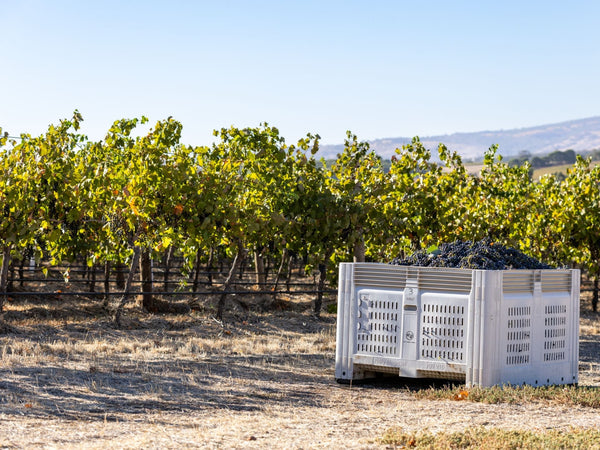2023 Vintage Report
Jul 01, 2023
The 2023 vintage was challenging from the get-go, we experienced a very wet winter with a number of very humid days to match. This created a large amount of disease pressure in the vineyards, the team had to be very particular with timing and managing the number of sprays done to protect the vines.
For the second season in a row, the La Nina weather conditions gave us a cooler and wetter growing season. These rains were very welcome as our soil profiles were at full capacity before the end of winter.
The entire season was held hostage by a very cold and bleak November, with temperatures remaining low and rainfall continuing to be high. This resulted in the vines budding but there shoots not growing, the vineyards had stagnated growth for some 4 to 5 weeks and this was going to push the ripening window back a clear 4 to 6 weeks.
In late November/early December the sun and heat arrived, and the vines started growing like crazy. They grew so quickly that the internode spacing were some of the longest I had seen in my 24 vintages. This took a lot of remedial work in the vineyards to get the canopies back into excellent architecture, as sunlight and airflow were going to be crucial in the grapes full maturing. Flowering went through over only a few days and the vines were set up well for the moderately warm summer that was to follow.
As we entered the ripening window, the grapes reached veraison over two weeks. We limited the yield in our Estate vineyards (Holy Grail & Coach House) to 1.8 to 1.9 tons per acre as we knew we would be ripening into a much cooler ripening window. Heat summation and sun daylight hours were going to be much lower than we were normally used to, presenting us with a much slower ripening curve.
In late March vintage got off to a start with the warmer Willunga end of McLaren Vale, the grapes from these vines showed huge quality potential. We concentrated on the floor of McLaren Vale as we were concerned that the cooler McLaren Vale sub-regions of Blewitt Springs and Clarendon, would maybe be challenged in such a cool and late European like Autumn.
The Barossa Valley got under way in early April and we had to be very careful with our picking decisions, as were up against a much slower ripening curve than we were used to. I personally loved and enjoyed this challenge, but there was lots of frustration along the way as several blocks were taking too long to fully ripen, and it became clear that some blocks were obviously never going to fully ripen.
We finished the Harvest on the 2nd of May, with our Waterfall Gully Block in Adelaide, marking this the latest season in Two Hands 24 vintage history. Over recent weeks I have started tasting through a number of our batches and I am thrilled what our Chief Winemaker Richard Langford and his team has achieved. As with careful picking decisions and caring winemaking, the wines are of a very high and consistent quality.
With wine we put the vintage year on the label for a reason, to show what we can achieve in an independent 12-month period, from pruning to wine in barrels. I am thrilled with what our Two Hands team has achieved in a such a perplexing, challenging and interesting season.
- Michael Twelftree



